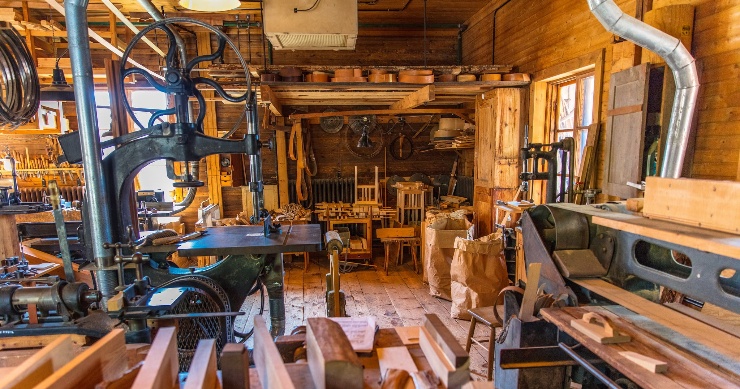Woodworking demands precision and the right tools, among which the planer stands out as essential for professional results. A planer is used to achieve smooth and even surfaces on wood by removing thin layers, resulting in uniform thickness and a polished finish. There are various types of planers, including benchtop, thickness, jointer-planer combo, and handheld planers, each suited for different project scales and workspace sizes.
Planers provide improved precision by allowing woodworkers to achieve consistent thickness, which is crucial for creating seamless joints in furniture pieces. They also increase efficiency by speeding up the material removal process and handling multiple boards simultaneously, leading to time savings and enhanced productivity. Additionally, planers are cost-effective as they maximize material use and reduce waste.
Understanding how to use a planer is key to its effectiveness. Proper setup, preparation of the wood, and feeding the wood through the planer with the grain direction are all important steps. Adjusting the cutting depth and handling different wood types are also essential considerations. To avoid common mistakes, it’s important to adjust the depth of cut accurately, secure the wood properly, and maintain sharp planer blades.
Maximizing planer performance involves considering the grain direction, maintaining blade sharpness, and achieving consistent thicknesses. Safety is paramount when operating a planer, including wearing protective equipment and maintaining a clear workspace. Regular maintenance, such as keeping blades sharp and cleaning the machine, ensures optimal performance and longevity.
When choosing a planer, factors like budget, workspace size, and the specific outcomes desired for woodworking projects should guide the decision. A planer is an invaluable tool for woodworkers, enhancing the quality of work while saving time and resources. With the right techniques and safety measures, woodworkers can fully leverage the benefits of a planer in their projects.
Key Takeaways:
- A planer is an essential woodworking tool that enables the creation of smooth, even surfaces and consistent thickness across wooden boards.
- Different types of planers, such as benchtop, thickness, jointer-planer combos, and handheld, cater to specific project needs and workspace constraints.
- Regular maintenance, including blade sharpening and machine cleaning, along with proper safety measures, are crucial for the optimal performance and longevity of a planer.
“Using a planer offers numerous benefits that can elevate your woodworking game. Improved precision, increased efficiency, and cost-effectiveness are just a few advantages of incorporating a planer into your workflow.”
More details: here






